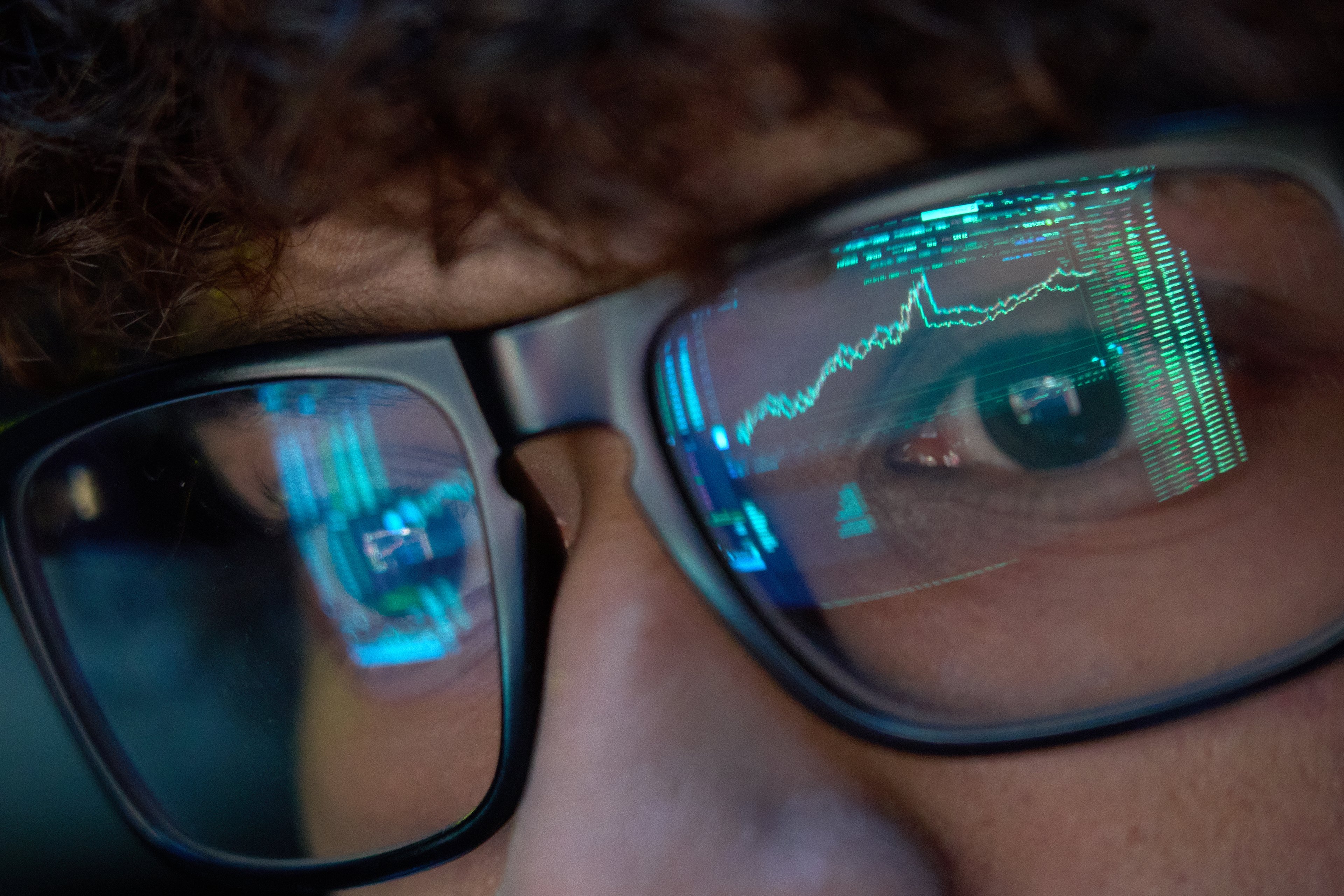When it comes to keeping big pharma executives up at night, no one is better than Teva Pharmaceuticals (TEVA 1.05%). Teva is a giant in generic drugs with a product portfolio that includes more than 850 compounds combining to generate more than $20 billion in annual sales.
But it hasn't been all smooth sailing for Teva shareholders. Over the past two years, worries that competitors Mylan (MYL +0.00%) and Novartis' Sandoz (NYSE: NVS) will launch generic biosimilars of Teva's $4 billion-a-year multiple sclerosis drug Copaxone have taken shares on a roller coaster ride.
Given the threat of Copaxone biosimilars is looming, it may be tempting to sell Teva shares, but here are three good reasons for investors to buy them instead.
1. The generic threat to Copaxone may prove overstated
There's no question Copaxone's patent will expire, but there's considerable question as to whether biosimilars from Mylan and Novartis, which is teamed up with Momenta, will win FDA approval. And there are even more questions about how much market share those biosimilars can eventually capture from Teva if they do get the go-ahead.
That's because Copaxone isn't as easily duplicated as traditional small-molecule drugs. Copaxone is a hybrid biologic, which means it's a complex structure manufactured in living cell cultures. That means it's virtually impossible to make an exact copy, and it also means Mylan and Novartis are faced with unique challenges in proving the comparability of their biosimilars to the FDA.
Even if regulators do eventually give the nod to Mylan and Novartis, approval may not be granted on day one of Copaxone's patent expiration.
If approval is delayed, it will not only mean more money for Teva shareholders in terms of sales, but more time for Teva to convert patients to its new Copaxone formulation.
That new formulation won FDA approval just a few months ago, and the company is already working hard to reach out to patients. During the company's January presentation at JPMorgan's health care conference, it estimated it could conservatively switch 45% of Copaxone users to the longer-lasting version, which can be taken just three times weekly, rather than daily. If Teva can execute on that conversion goal, the threat of biosimilars could become more muted.
2. Patent expiration supports growth through 2015
$28 billion in branded drug patents lost exclusivity in 2013, but that number climbs to $34 billion this year, and a whopping $66 billion in 2015. The opportunity to sell more generics should drive plenty of profit-friendly tailwinds for Teva given the pace of patent expiration is picking up rather than slowing down.
3. Biosimilars offer a potential path for future growth
While the outlook for branded patent expiration is good news, even better news may be upcoming patent expiration for biologics.
Spending on specialty drugs like biologics increased 14% last year and is expected to grow more than 17% per year over the next three years, according to Express Scripts.
That growth is coming in part because biologics are helping people live longer. As a result, cancer patients, for example, are taking more drugs for longer periods. Spending growth is also being caused by biologics' higher prices, which can be substantially more than prior-generation small-molecule drugs.
So, why is this good news for Teva? While Teva hasn't jumped into biosimilars like Mylan and Novartis, its sheer size and experience with Copaxone gives it plenty of potential to make a splash into the developing market once the biosimilar pathway to approval becomes clearer.
Industry R&D is actively developing a significant number of new biologics that will eventually lose patent protection, and when they do, that pricing should provide biosimilar manufacturers much healthier margins than they've historically received for generic small-molecule drugs. Currently, prices for biosimilars are roughly 60% to 70% of the branded drug price, versus just 20%-30% for small-molecule generics. Of course, there are additional R&D expenses involved in developing biosimilars, so that additional spending is likely a portion of the price difference.
Fool-worthy final thoughts
Investors will undoubtedly worry over Copaxone if Mylan and Novartis win the FDA green light, but that worry may be overblown, at least for now. Teva has had years to build up a loyal following of Copaxone patients, and many of these patients will welcome the idea of fewer weekly injections offered by Teva's new Copaxone variation.
Additionally, investors can take solace knowing that the generic patent schedule is working in Teva's favor. That means there should be plenty of revenue generating new launches in the coming year. Even better, Teva's cost cutting has the company expecting its margin on generic drugs could improve by 10% to 15%. And Teva investors should also benefit long term from the introduction of high margin biosimilars. Given those three factors, the outlook for Teva may not be as bleak as previously feared.








